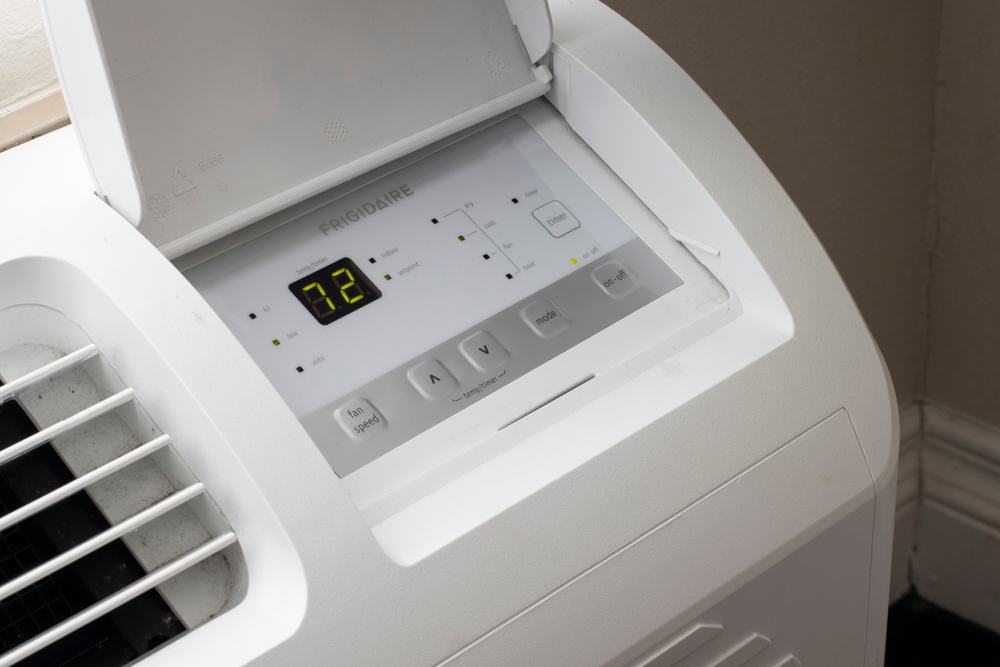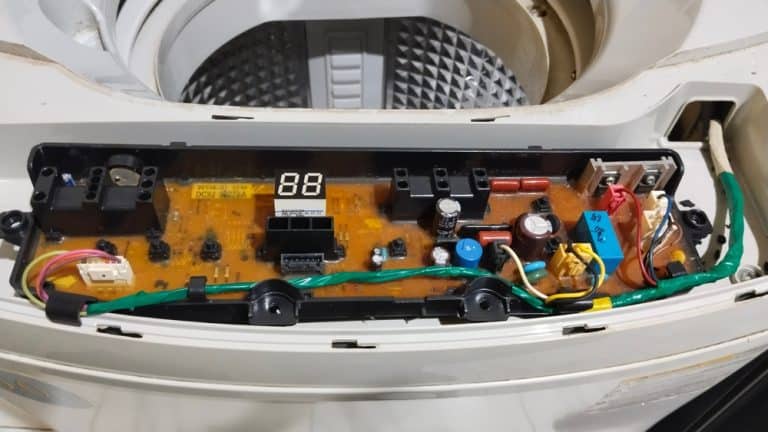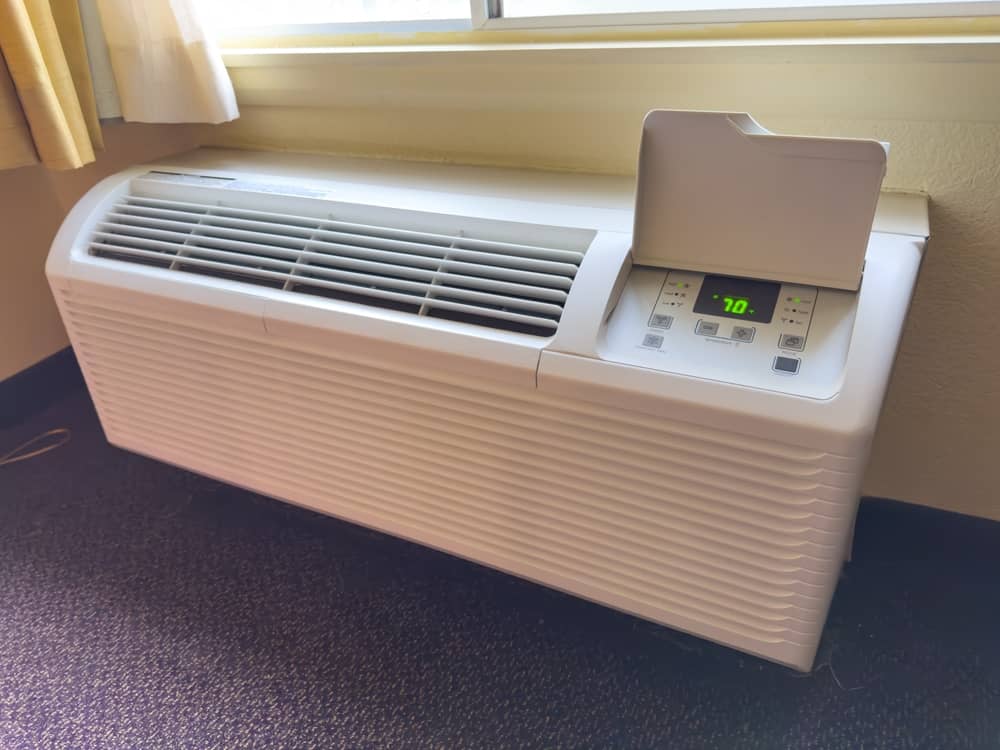Menu
(646) 740-0112
(646) 740-0112
Discover why residents and property managers in New York City trust us for their HVAC needs. Read testimonials from our clients who have experienced the quality, professionalism, and reliability that we bring to every project. Their stories highlight our commitment to excellence and customer satisfaction.

In Springfield, Illinois, PTAC systems are not just appliances; they are essential for maintaining a comfortable living and working environment. As a key provider of heating and cooling solutions, PTAC units are a staple in many homes and businesses across Springfield and the broader Sangamon County. My experience living in Springfield, IL, has shown me the importance of these units in managing the often unpredictable Illinois weather. They offer a unique blend of convenience and efficiency, but like all mechanical systems, they require regular maintenance and occasional repairs.
The complexity of PTAC units demands specialized knowledge for proper servicing. At Springfield HVAC Services, we specialize in diagnosing, repairing, and maintaining these systems. Our technicians have extensive training and experience, ensuring that your PTAC unit operates at peak efficiency. We understand that a malfunctioning unit can disrupt your comfort and routine. That’s why we commit to providing quick and effective solutions, tailored to meet the needs of Springfield, IL residents and businesses. Trust us to keep your space comfortable, no matter the season. Give us a call at (646) 740-0112 to learn more!
As a Springfield-based company, we have a deep understanding of local PTAC needs.
Springfield HVAC Services is known for its reliability and prompt response in Sangamon County.
Our commitment to customer satisfaction is unwavering, making us a preferred choice in IL.

Timely PTAC repairs are crucial for maintaining the comfort and efficiency of your space in Springfield, IL. Ignoring or delaying repairs can lead to several problems. Increased energy consumption is a common consequence, as faulty units tend to work harder, driving up your utility bills. Moreover, the extreme weather conditions in Springfield, IL, from sweltering summers to freezing winters, make a well-functioning PTAC system essential for comfort. As a resident and business owner in Sangamon County, I’ve witnessed the impact of delayed PTAC repairs on both comfort and costs.
Springfield HVAC Services is your ally in ensuring that your PTAC units are functioning optimally. Our team responds swiftly to service calls, recognizing the urgency of your needs. We have a strong presence in Sangamon County, equipped with the tools and expertise to handle a wide range of PTAC issues. Regular maintenance and timely intervention by our experts ensure uninterrupted comfort and prolong your unit’s life. With Springfield HVAC Services, you can rest assured that your PTAC repair needs are in skilled hands.

Selecting the right service provider for PTAC repair in Springfield, IL, is a decision that impacts not just your immediate comfort but also the long-term performance of your unit. Springfield HVAC Services distinguishes itself in several key areas. Our technicians are not just skilled; they are specialists in PTAC systems. This specialization means that when you call us for a repair, you’re getting experts who are familiar with the nuances of these systems. We’ve honed our skills to ensure that every repair is thorough and effective, catering to the specific needs of each unit.
Our customer-centric approach sets us apart in the competitive field of PTAC repair services in Springfield, IL. We are a part of the Sangamon County community, deeply understanding its unique climate challenges and customer needs. Our commitment to serving this community is evident in every interaction. Reach out to us at [(646) 740-0112] for personalized service and expert advice. We’re not just a service provider; we’re your neighbors, dedicated to maintaining the comfort and efficiency of your space. Trust Springfield HVAC Services for all your PTAC repair needs in Springfield, IL.
The island and its environs were first inhabited by bands of Lenape, an Algonquian-speaking tribe that occupied territory along both sides of Long Island Sound, and through coastal areas through present-day New Jersey and down to Delaware. The first known European believed to set foot in the area that would become Gravesend was Henry Hudson, whose ship, the Half Moon, landed at Coney Island in the fall of 1609. The Dutch claimed this land as part of their New Netherland Colony.
Gravesend is notable as the only colonial town founded by a woman, Lady Deborah Moody. In 1643, governor general Willem Kieft granted her and a group of English settlers a land patent on December 19, 1645. Moody, along with John Tilton and wife Mary Pearsall Tilton, came to Gravesend after choosing excommunication, following religious persecution in Lynn, Massachusetts. Moody and Mary Tilton had been tried because of their Anabaptist beliefs, accused of spreading religious dissent in the Puritan colony. Kieft was recruiting settlers to secure this land that his forces had taken from the Lenape. Some clashes continued, and the town organization was not completed until 1645. The signed town charter and grant was one of the first to ever be awarded to a woman in the New World. John Tilton became the first town clerk of Gravesend and owned part of what later would become Coney Island. Moody, the Tiltons, and other early English settlers were known to have paid the Lenape for their land. Another prominent early settler was Anthony Janszoon van Salee.
The Town of Gravesend encompassed 7,000 acres (2,800 ha) in southern Kings County, including the entire island of Coney Island. This was originally used as the town’s common lands on the Atlantic Ocean. It was divided, as was the town itself, into 41 parcels for the original patentees. When the town was first laid out, almost half of the area was made up of salt marsh wetlands and sandhill dunes along the shore of Gravesend Bay. It was one of the earliest planned communities in America. It consisted of a 16-acre (6.5 ha) square surrounded by a 20-foot-high wooden palisade. The town was bisected by two main roads, Gravesend Road (now McDonald Avenue) running from north to south, and Gravesend Neck Road, running from east to west. These roads divided the town into four quadrants, which were subdivided into ten plots of land each. This grid of the original town can still be seen on maps and aerial photographs of the area. At the center of town, where the two main roads met, a town hall was constructed where town meetings were held once a month.
Learn more about Gravesend.Designed by Hub It Group